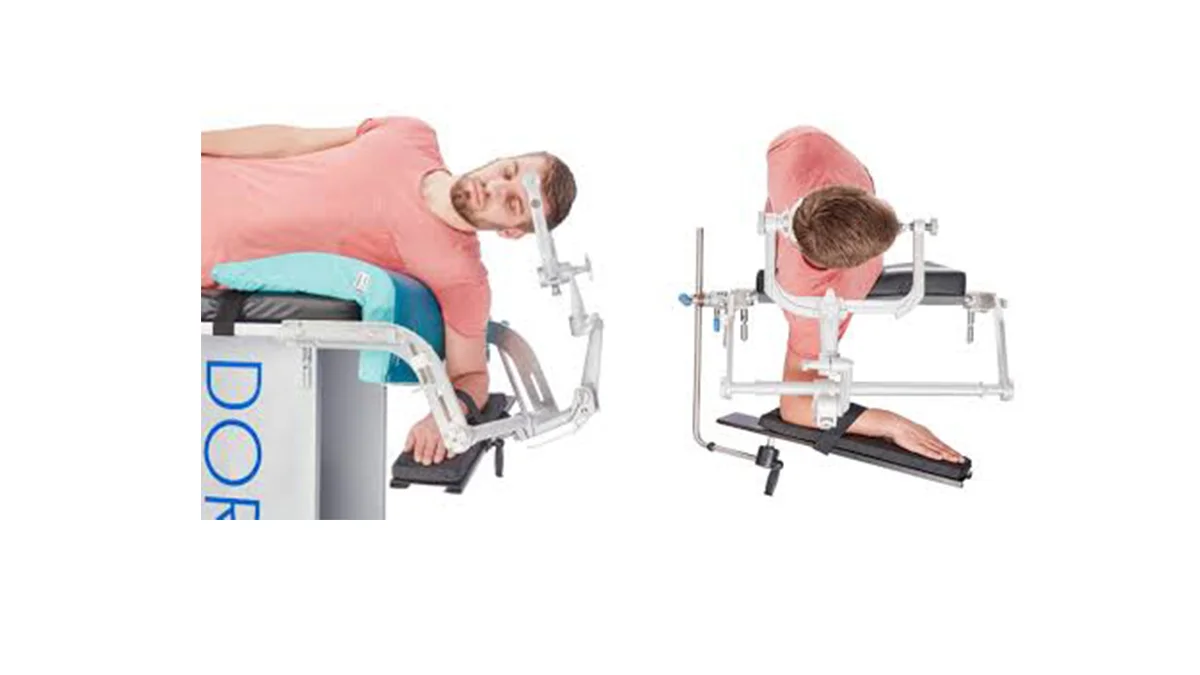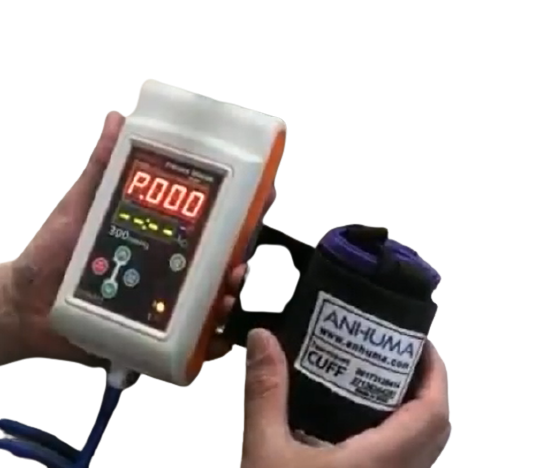Positioning in Neurosurgery and the Use of Head Positioners
Positioning in neurosurgery is one of the most critical stages, significantly impacting the outcome of the procedure. The use of head positioners, particularly in the park bench position, is highly prevalent in neurosurgery, and selecting the appropriate tool for proper patient positioning is of utmost importance. This process must be performed with great care, as errors can lead to serious complications, including low blood pressure, damage to blood vessels or nerves, or issues with cerebral blood flow and patient respiration.
Consequently, the use of head positioners in neurosurgery, as a vital tool for correctly positioning the patient, must be done with precision. This responsibility falls on the surgical team and anesthesiologist, who must collaborate and adhere to safety protocols to ensure patient comfort and health. This article explores the application of head positioners in neurosurgery and the principles of proper patient positioning.
Introduction to the Park Bench Position
The park bench position is a common positioning technique in neurosurgery, primarily used for procedures involving the posterior cranial fossa (back of the skull). In this position, the patient is placed laterally, with the affected side facing upward to allow the surgeon easy access to the lesion. This position is particularly useful in surgeries where gravity is needed to stabilize the lesion.
In the park bench position, the patient’s head is turned toward the shoulder opposite the lesion, but the rotation should not exceed 30 degrees to avoid damage to neck vessels and nerves. Additionally, lateral supports are used to stabilize the patient and prevent unintended movements.
Benefits of Using Head Positioners in Neurosurgery
Enhanced Positioning Precision
Head positioners allow surgeons to place the patient’s head in the precise, optimal position, improving access to the affected area and reducing potential risks.
Prevention of Vascular and Nerve Damage
By limiting excessive head rotation, head positioners help prevent damage to blood vessels and nerves in the neck region.
Increased Patient Safety
The device stabilizes and maintains the patient’s head in the correct position, reducing unwanted movements and enhancing safety during surgery.
Reduced Pressure on Sensitive Neck Areas
Head positioners evenly distribute pressure across the neck, preventing damage or excessive pressure on blood vessels and nerves.
Easier Access to the Affected Area
This tool enables surgeons to position the patient in a way that facilitates more efficient and comfortable access to the lesion during surgery.
Suitable for Various Neurosurgical Procedures
Head positioners are versatile and particularly effective for posterior cranial fossa surgeries, allowing surgeons to place the patient in the optimal position for the procedure.
Purchase of Head Positioners for Neurosurgery
Using head positioners in neurosurgery provides better access to affected areas during complex procedures and prevents unintended patient movements. This device enables surgeons to perform operations with greater precision and safety, minimizing potential complications.
For purchasing head positioners for neurosurgery, contact Anhuma’s consultants to explore how this product can enhance your surgical outcomes.





Reviews
There are no reviews yet.